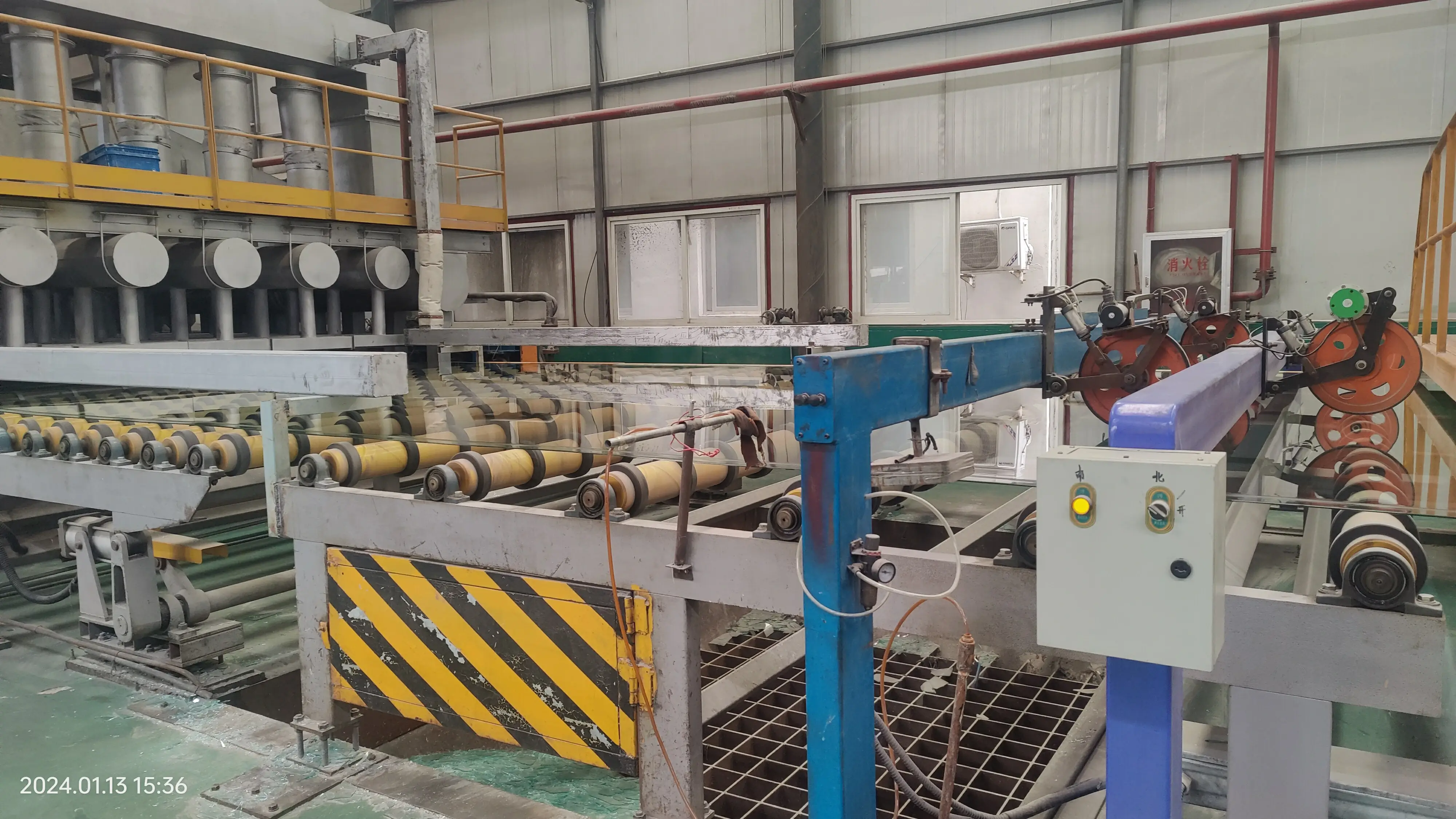

The Art and Functionality of Tinted Glass Design
In contemporary architecture and interior design, tinted glass has emerged as a favored material that seamlessly blends aesthetic appeal with functional benefits
. Offering a unique interplay of light and color, tinted glass designs not only enhance the visual dynamics of a space but also address various practical concerns.Tinted glass is created by adding metal oxides or colorants during the manufacturing process, resulting in a glass that can filter sunlight, reduce glare, and provide privacy. The color and shade of the tint can be customized to suit the thematic requirements of a building or interior space. From deep blues to soft greys, the possibilities are vast, making tinted glass an exciting option for design professionals.
One of the most significant advantages of tinted glass is its ability to control solar heat gain. In warm climates, buildings can become uncomfortably hot due to direct sunlight streaming through windows. Here, tinted glass acts as a formidable barrier, absorbing and reflecting a portion of the solar energy, thereby reducing reliance on air conditioning systems and promoting energy efficiency. This not only contributes to lower energy bills but also aligns with sustainable design principles, minimizing the environmental impact of a building.
In addition to thermal performance, tinted glass provides valuable UV protection. Ultraviolet rays can cause fading and damage to interior furnishings, artwork, and flooring. By incorporating tinted glass into a design, architects and homeowners can safeguard their investments while still allowing natural light to filter in. This balance of light and protection is particularly crucial in spaces like galleries and retail stores, where preserving the integrity of displayed items is paramount.

Aesthetically, tinted glass offers designers a versatile tool for creating captivating visual narratives. Architectural marvels frequently employ large swathes of tinted glazing to create striking facades that evoke a sense of modernity and sophistication. When used in interiors, tinted glass can add depth and character, transforming ordinary partitions into stunning features. For instance, the use of colored glass panels can serve as both functional room dividers and artistic statements, contributing to an environment that stimulates creativity and engagement.
Moreover, tinted glass plays a significant role in enhancing privacy without sacrificing natural light. In urban settings where buildings are closely situated, the use of colored glass can shield interior spaces from prying eyes, creating a sense of sanctuary. This quality is especially attractive for residential homes, offices, and commercial establishments such as restaurants and hotels, where maintaining an inviting atmosphere is essential.
As technology advances, the versatility of tinted glass continues to expand. Smart tinting solutions, which allow users to adjust the opacity of glass in real-time, are gaining popularity. This innovation enhances functionality further by providing adaptability based on changing lighting conditions or privacy needs.
In conclusion, tinted glass design represents a harmonious fusion of art and practicality. Its ability to enhance aesthetics, improve energy efficiency, provide UV protection, and increase privacy makes it an invaluable asset in modern architecture and design. As more designers and architects recognize its potential, tinted glass is set to play an increasingly prominent role in the future of our built environment. The world of tinted glass is vibrant and full of possibilities, inviting exploration and creativity in every project.